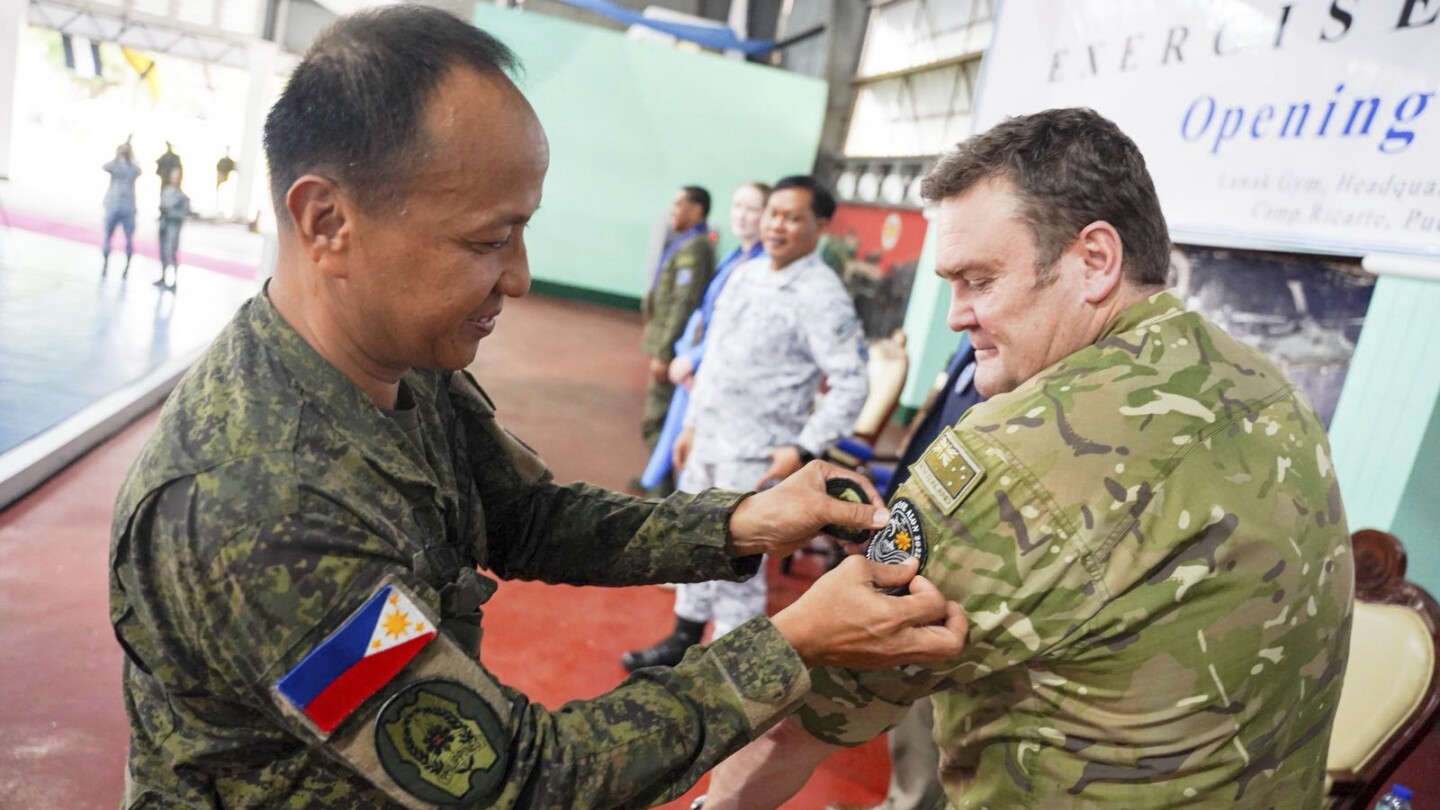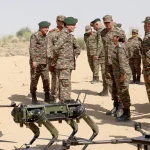Australia on Friday kicked off its largest-ever military exercises with the Philippines, involving more than 3,600 troops in live-fire drills, beach assaults, and coordinated battle maneuvers close to the contested South China Sea — a region where tensions with China have steadily escalated.
The joint exercises, named “Alon” (meaning wave in Tagalog), will run until August 29 and showcase Australia’s military firepower. The drills feature a guided-missile destroyer, F/A-18 supersonic fighter jets, C-130 transport aircraft, Javelin anti-tank weapons, and special forces sniper units.
Regional Partners and Observers
Military officials confirmed that forces from the United States, Canada, Japan, South Korea, New Zealand, and Indonesia will participate as observers.
Vice Admiral Justin Jones of the Royal Australian Navy said the exercise underscores Australia’s commitment to a free and open Indo-Pacific.
“This exercise reflects Australia’s commitment to working with partners to ensure we maintain a region where state sovereignty is protected, international law is followed and nations can make decisions free from coercion,” Jones stated.
He added that the drills provide an opportunity to “practice how we collaborate and respond to shared security challenges and project force over great distances in the Indo-Pacific.”
A Growing Security Network
Australia is the second country after the United States to have a Visiting Forces Agreement with the Philippines, allowing large troop deployments for exercises in each other’s territories. Manila has also finalized a similar pact with Japan, set to take effect next month, and is in talks with France, Canada, and other partners for additional defense accords.
China Pushes Back
China has condemned the multinational drills, accusing the U.S. and its allies of “ganging up” to militarize the South China Sea. Beijing claims sovereignty over nearly the entire waterway, a critical global trade route, despite rival claims from the Philippines, Vietnam, Malaysia, Brunei, and Taiwan.
The exercises come just days after heightened confrontations in the region. On Monday, a Chinese navy ship collided with a Chinese coast guard vessel while attempting to block a Philippine patrol near the Scarborough Shoal. The Australian Embassy in Manila denounced the incident, calling it “dangerous and unprofessional” and stressing the need for “de-escalation, restraint and respect for international law.”
In response, the U.S. deployed two warships to the shoal in a freedom of navigation operation challenging China’s expansive maritime claims.
Earlier this year, tensions also flared when a Chinese J-16 fighter jet released flares within 30 meters of an Australian P-8 Poseidon surveillance plane in international airspace, drawing sharp protests from Canberra.













